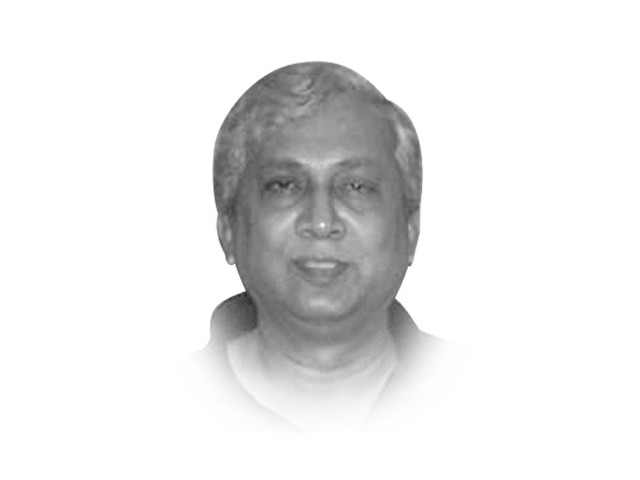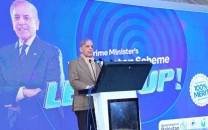Karachi: a Tower of Babel?
Karachiwallahs need to simplify their lifestyles and aspirations, spread the wealth, control populations.

Karachi: a Tower of Babel?
The spoken word distinguishes us from animals and the rest of creation. Yet, as the mobility and intermingling of peoples of many languages increases worldwide, man seems to be erecting a Tower of Babel once again. Take the example of the unfortunate metropolis of Karachi.
In 1941, more than half of the city’s less-than-400,000 population was Hindu and spoke Sindhi. At Partition, there was an upheaval: the majority of the Hindus left (or were driven away) and a tsunami of Urdu-speaking Mohajirs overwhelmed Karachi. By 1951, the proportion of Urdu speakers and Sindhi speakers had reversed. The amount of Pashto and Balochi speakers each remained under eight per cent.
Over the next three censuses, the proportion of Urdu speakers in the city peaked at over 50 per cent but the Pashto speakers slowly began to increase. In the 1998 census, in a population of 9.8 million, the Urdu speakers showed a declining trend of around 45 per cent while the Pashto speakers moved upwards to ten per cent.
Projecting these trend lines into the future, in less than thirty years the number of Pashto speakers will exceed the number of Urdu speakers. This overtaking period may be shorter owing to a number of factors: increasing Pakhtun rural-urban migration (including refugees from the 2008 Swat/Fata militancy, which is still ongoing, and displacement caused by the 2005 earthquake and the 2010 floods) to a city where ‘rupee notes grow on trees’, and increasing education levels and reduced birth rates among Mohajirs. The trend for the Sindhi-speaking population has also ramped up slightly (exacerbated by the 2010 flood and the 2011 rain-generated relocations).
In 2008, the Awami National Party was able to secure two provincial assembly seats in the Karachi stronghold of the Muttahida Qaumi Movement. The nationalist Sindhi parties (and the Pakistan Peoples Party?) are becoming restive as they find themselves overpowered by non-Sindhi speakers in their native province. In a country where no political party has a meaningful manifesto (except ‘retain the status quo’ and ‘get rich quick’) and voting is generally along ethnic or biradari lines, these changes in demographics augur badly for the party of Urdu speakers. Today, in a population of 15 to 18 million, the ‘language’ of political discourse has escalated to blind violence: in Karachi, a ‘peaceful strike’ or ‘mourning’ means that citizens are forced not to go to work, close businesses/factories, kill members of rival ethnic groups, burn buses and petrol stations — show them who is the boss!
Is it not obvious to all speakers of various languages in Karachi, that if they do not find a common ‘language’ of communication (aside from violence and blame), it may mean the end of everything for everyone? Efforts to grab or retain a larger share of the cake may result in no cake being available for anyone. Past efforts for peace by the groups themselves, by the government and by the judiciary have borne only temporary fruit.
Let us be sensible: Karachiwallahs need to simplify their lifestyles and aspirations, spread the wealth, control populations and realise that we must be smart and speak a common ‘language’ that promotes living together in peace and harmony.
Published in The Express Tribune, April 17th, 2012.















COMMENTS
Comments are moderated and generally will be posted if they are on-topic and not abusive.
For more information, please see our Comments FAQ